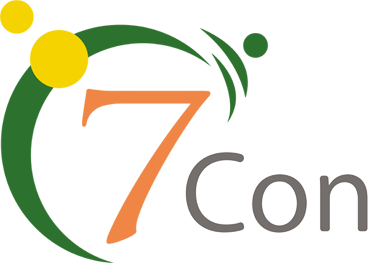
When you turn your manuscript into an ebook, the first decision you must make is which format type to use as there are 2 types of eBooks. This guide will help you make you an informed and intelligent decision.
REFLOW EBOOK (ALSO KNOWN AS THE STANDARD LAYOUT)
A reflow ebook is similar to a web-page, both in the way that it is coded (behind the scenes) and in the way it will reflow to fit the screen it is on. Try resizing a website browser window to see the text move around. The pages are not fixed and objects are not positioned on a page. Instead the content reflows depending on the user’s device, screen size and text size and font choices. These may not look exactly as print layout but are the most widely accepted, user-friendly and easy-to-distribute formats. Most people reading ebooks are used to these idiosyncrasies with ebooks. Indeed, they are part of what make ebooks so wonderful and flexible to use and read on a huge variety of devices. It is most suitable for novels, trade books and books that have mostly text and only a few images.
Advantages
- It is easier, cheaper and quicker to produce eBooks in reflowable layout
- Having this format tend to have smaller size & hence retailers are likely to charge no charges for downloading.
- Irrespective of the size and type of the eBook readers, these tend to render pretty well on most
- It is possible to enlarge even the texts on the page, giving the reader enhanced readability for the users even on devices with smaller screen without compromising on any of the original formatting capabilities
Disadvantages
- It can only be used for eBooks having single-column, text-heavy content
- Embedded formats are hardly ever supported
- Publishers and authors have no to little control over the way their texts and images are being rendered on the devices, sometimes making it hard for them to use this format for design-heavy eBooks
FIXED-LAYOUT EBOOK
It is most suitable for short children content and highly illustrated books that have less text and require the content laid out exactly how it looks in print book. The text and objects on a page do not reflow. Fixed layout works primarily on iPad/iPhone and latest devices/eBook readers. This may not work on E-Ink and old Kindle devices. Not every retailer accepts fixed layout eBooks and the eReader device support is limited as well. Fixed-layout formats include KF8 (Kindle Devices), ePub3 (Apple, Google, Kobo) and PagePerfect (Barnes&Nobles). These formats have larger file sizes and are more expensive to produce and update.
Advantages
- When it comes to fixed layout eBooks, the control on how various content elements are rendered on a screen vests absolutely with the author and designer
- If the text that you want to render has multi-columns and has specific location at certain points, this is the best
- It is the best format for books such as cookbooks & graphic novels where the design of the same is a vital element
Disadvantages
- It may not be the best format for the users as they do not have any control over the font, margins, spacing or the size of the text.
- Not all the eBook readers of distributor chains support this format. Some of the retails do not even accept the format and hence your reach may be restricted.
It tends to have large file size and it may attract additional download charges on sites such as Amazon.
It is more difficult and costly to produce than reflow format.
In most cases, you will not need both reflow and fixed layout format for the same book. It depends on the nature of content, styles used and the target audience as explained above. If you could supply the sample pages of your manuscript (Word/PDF), we can review it at no charge and suggest whether you need fixed-layout or the reflow format.

